How UW-Madison's aid for Native students addresses history
The Tribal Education Promise at UW-Madison, which provides financial aid to Indigenous students from Wisconsin's Native nations, is intended to help address a history of coercion through treaties.
By Erica Ayisi | Here & Now, ICT News
March 7, 2025 • South Central Region
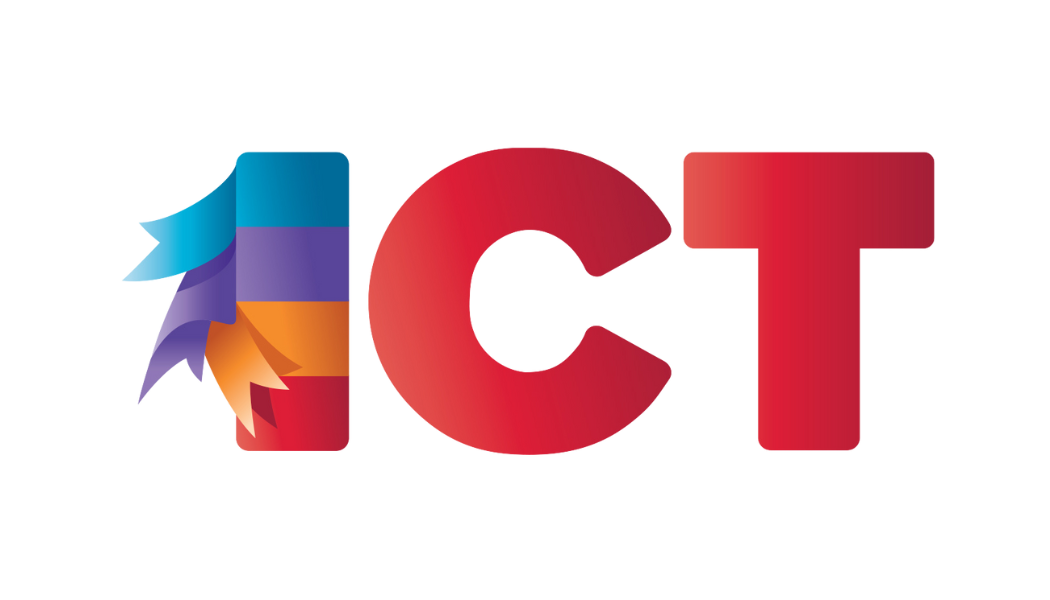
This report is in collaboration with our partners at ICT, formerly Indian Country Today.
“It means a lot to me and my people, my community, the Native community. We are still here. We’re still fighting for our right to be here,” said Riley Aguirre, a freshman at the University of Wisconsin-Madison. “Education was used as assimilation to get rid of our culture, our language, our traditions. But now it’s used as a way of teaching.”
Aguirre is an enrolled member of the Oneida Nation and attending the university at no cost to her or her family using the Wisconsin Tribal Education Promise Program.
How would her family have paid for college otherwise?
“Other scholarships,” said Aguirre. “Definitely applying for scholarships outside of the school to help me as well, and probably funding through the tribe as well.”
The Wisconsin Tribal Education Promise Program provides financial support for students who are enrolled in one of the state’s 11 federally recognized tribes. Carla Vigue, tribal relations director of UW-Madison, said the university wants to make the Madison campus more accessible to Native students.
“We worked with tribal leaders from across the state to create the program, and now we’re seeing the fruits of those labors,” she said. “You know, we’re seeing our first class. We’ve got nearly 80 students in this first class, and we’re hoping it will grow from here.”
Tuition, housing, books and all other school related fees — totaling about $30,000 — are covered for Native undergraduate students through the Promise program.
“It’s not a taxpayer-funded program,” explained Vigue. “And, you know, we’re pretty proud that people want to support this program.” Rather, the program is funded through private donations.

UW-Madison Tribal Relations Director Carla Vigue describes how the Wisconsin Tribal Educational Promise Program was developed in collaboration with Native leaders around the state. “We’ve got nearly 80 students in this first class, and we’re hoping it will grow from here,” she said. (Credit: PBS Wisconsin)
Vigue said the legal precedent surrounding federally recognized tribes is a specific eligibility requirement for the students applying to the program.
“The federally recognized tribes are sovereign nations who determine citizenship,” she explained. “And so that’s a political classification — it’s not a race or ethnicity.”
Schools in nearly all 50 states offer some type of financial assistance for Native students.
The program at UW-Madison is unique, as it includes medical students and law students.
“We are hearing from people across the country, even in particular about that law aspect. There’s a lot of excitement around the law school,” said Vigue.

The flags of all 11 federally recognized tribal nations in Wisconsin are displayed inside the library of the University of Wisconsin Law School, located on Bascom Hill on the UW-Madison campus. The Wisconsin Tribal Education Promise Program extends beyond undergraduates to include aid for Native Wisconsin law and medical students. (Credit: PBS Wisconsin)
Josef Cornelius is Oneida. His father is a University of Wisconsin Law School graduate who was worried about school loans for his son.
“Initially, we were thinking that some of it would probably have to come out of my pockets or his pockets, and the fact that it was just like, ‘No worries, you know,'” the younger Cornelius said. “Now we’re just. ‘Now I just have to worry about school, get good grades, and then it’s all smooth sailing.'”
Undergraduate recipients of the tribal promise are reserved one wing of dorms inside the Smith Residence Hall. There’s also an Indigenous Student Center close by that hosts tribal student groups like Wunk Sheek.
“I would say the Wunk Sheek house and the Indigenous program have done a really good job at promoting the diversity here,” said Cornelius.
- A sign marks the entrance to the Indigenous Student Center on the UW-Madison campus. The center is host to student tribal groups like Wunk Sheek. (Credit: PBS Wisconsin)
- UW-Madison students gather inside the Indigenous Student Center on Feb. 12, 2025, for a meeting of Wunk Sheek, a tribal student group. (Credit: PBS Wisconsin)
Vigue said the university wants to do what’s right for Wisconsin’s Native people, considering the university is on Native land belonging to the Ho-Chunk Nation, also known as the “People of the Big Voice.”
“This is Ho-Chunk ancestral land” she said. “And I think there’s now some sense of pride in that and wanting to share and celebrate that history. But there’s also, you know, with this promise, a chance to give back.”
The UW-Madison campus extends over 900-hundred acres of land, including four miles of shoreline along Lake Mendota. But this land is the ancestral home to Ho-Chunk Nation — the Native people living here for over 10,000 years.
Through a series of treaties in the 1800s, Ho-Chunk were forced to cede — or give up — their land to the state of Wisconsin and the federal government.

An 1837 treaty between the federal government and the Ho-Chunk Nation was one of several that dispossessed the Indigenous people’s land in Wisconsin during the 19th century. (Source: National Archives)
“The 1837 treaty wasn’t a revered treaty at all,” said Jon Greendeer, president of the Ho-Chunk Nation. “These are forced agreements to cede our land — such as that particular treaty move west of the Mississippi — and, you know, we relinquish our ownership of our historic homes.”
“We had eight months to vacate. But then we didn’t. In the coldest parts of the winter, they shipped us in rail cars across to the neutral ground,” he explained. “And, you know, we suffered a lot for that.”
Greendeer said their final treaty in 1865 with the government was also signed under duress.
Ho-Chunk were given one and half million dollars for their land, but the government put most of it into interest bearing trusts, leaving Ho-Chunk next to nothing.
“I don’t think there was anywhere at that particular time that any representatives — any representatives of authority — could walk away from one of those agreements and say they were the beneficiary of something,” Greendeer said.

Ho-Chunk Nation President Jon Greendeer speaks at the tribal government’s offices on Feb. 5, 2025, in Black River Falls. He spoke to treaties imposed by the U.S. government on the Ho-Chunk in the mid-1800s that sought to push the tribal nation out of what would become Wisconsin. “I don’t think there was anywhere at that particular time that any representatives — any representatives of authority — could walk away from one of those agreements and say they were the beneficiary of something,” he said.(Credit: PBS Wisconsin)
Most of the Wisconsin Native tribes were forcibly moved to reservations. Ho Chunk people are spread across the state, with over 7,000 currently enrolled members as of 2022. Greendeer said the treaties of the past are significant to their sovereignty of the present.
“The treaties gave way to a lot and substantiated our abilities to negotiate not only with local governments, but also later on with these other governments that were starting up with the education campuses with the UW,” he said.
Ho-Chunk had already surrendered the part of their land in an 1832 treaty — paving the way for UW-Madison to be founded in 1848.
President Abraham Lincoln signed the Morrill Act in 1862 — selling 1.3 million acres of tribal land in Wisconsin and using the proceeds to create so-called land-grant universities.
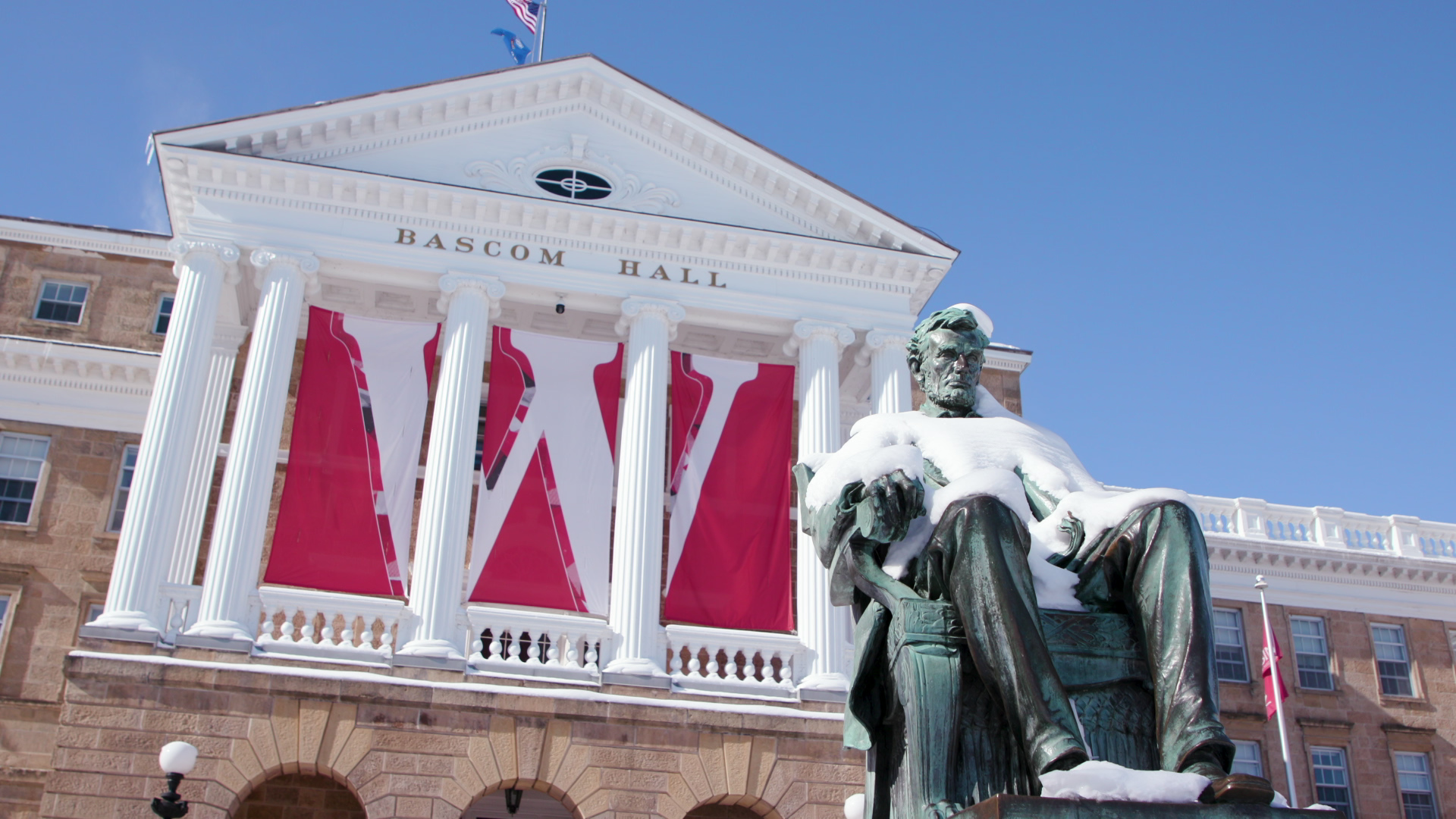
A snow-covered statue of President Abraham Lincoln sits in front of the entrance to Bascom Hall on the UW-Madison campus. In 1862, Lincoln signed the Morrill Act, which used money raised from the sale of tribal lands to support what would come to be called land-grant universities, including UW-Madison. (Credit: PBS Wisconsin)
So today, the UW-Madison tuition promise extends to Native students across the state. Greendeer calls that promise late but fitting.
“I think the Wisconsin promise is a very old promise that is finally getting kept, at least at the UW level, at least at the college level,” he said.
One hundred and eight years after the last Ho-Chunk treaty was signed — Robert Powless, an Oneida man — became the first Native to graduate from UW-Madison. Ada Deer, a Menominee native, was the first woman.
For Aguirre, a free university education on Native soil is personal.
“Our education is not only for me, but for our community and for the resiliency of my ancestors. We fought so long through so many generations of trauma and abuse and neglect. And being here is like resiliency,” she said.
“They were forcibly removed,” Vigue said. “And this university has spent some time coming to accept and share that story. Part of the reason this promise exists is because there is some recognition that that all happened. But there’s also the need and want to do what’s right and good for Native people, too.”
A heritage marker titled “Our Shared Future” was erected on the UW-Madison campus in 2019 to recognize the ancestral home of the Ho-Chunk. It’s near Bascom Hill, and sits on top of an effigy, or burial mound, built by Native people over a thousand years ago.
In another visual recognition, a series of 12 Ho-Chunk Clan Circle sculptures are outside the Bakke Recreation & Wellbeing Center.
- “Our Shared Future,” a historical marker on Bascom Hill at UW-Madison recognizes that lands upon which the university was built are ancestral to the Ho-Chunk Nation. (Credit: PBS Wisconsin)
- A series of 12 Ho-Chunk Circle Clan sculptures stand on the west side of the UW-Madison campus in recognition of the university being located on ancestral Ho-Chunk Nation lands. (Credit: PBS Wisconsin)
“The promise is intended to be forever, right?” Vigue said. “I mean, Native American students have been around since the beginning of what is now the United States. It’s been around since the inception of what is now this country. And I think the goal is to make sure that they’re taken care of forever.”
Both Aguirre and Cornelius are looking to use their education to better their communities — and amplify Native voices.
- Riley Aguirre is a member of the Oneida Nation and a student at UW-Madison participating in the Wisconsin Tribal Education Promise Program. “Our education is not only for me, but for our community and for the resiliency of my ancestors,” she said. (Credit: PBS Wisconsin)
- Josef Cornelius is a member of the Oneida Nation and a student at UW-Madison participating in the Wisconsin Tribal Education Promise Program. “The Wunk Sheek house and the Indigenous program have done a really good job at promoting the diversity here,” he said. (Credit: PBS Wisconsin)
“I kind of want to go into wealth management — or maybe sustainability,” said Cornelius.
“I do want to go into some field where I can be an advocate for possibly my tribe or other people,” said Aguirre, “but definitely Native people as a whole and getting our voices out there to be heard.”
This report is in collaboration with our partners at ICT.
Editor’s note: PBS Wisconsin is a service of the University of Wisconsin-Madison and the Wisconsin Educational Communications Board.
 Passport
Passport
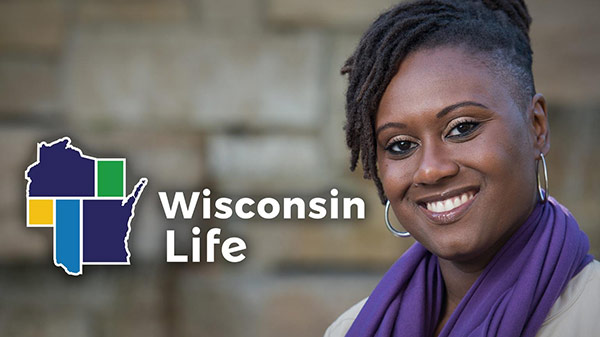
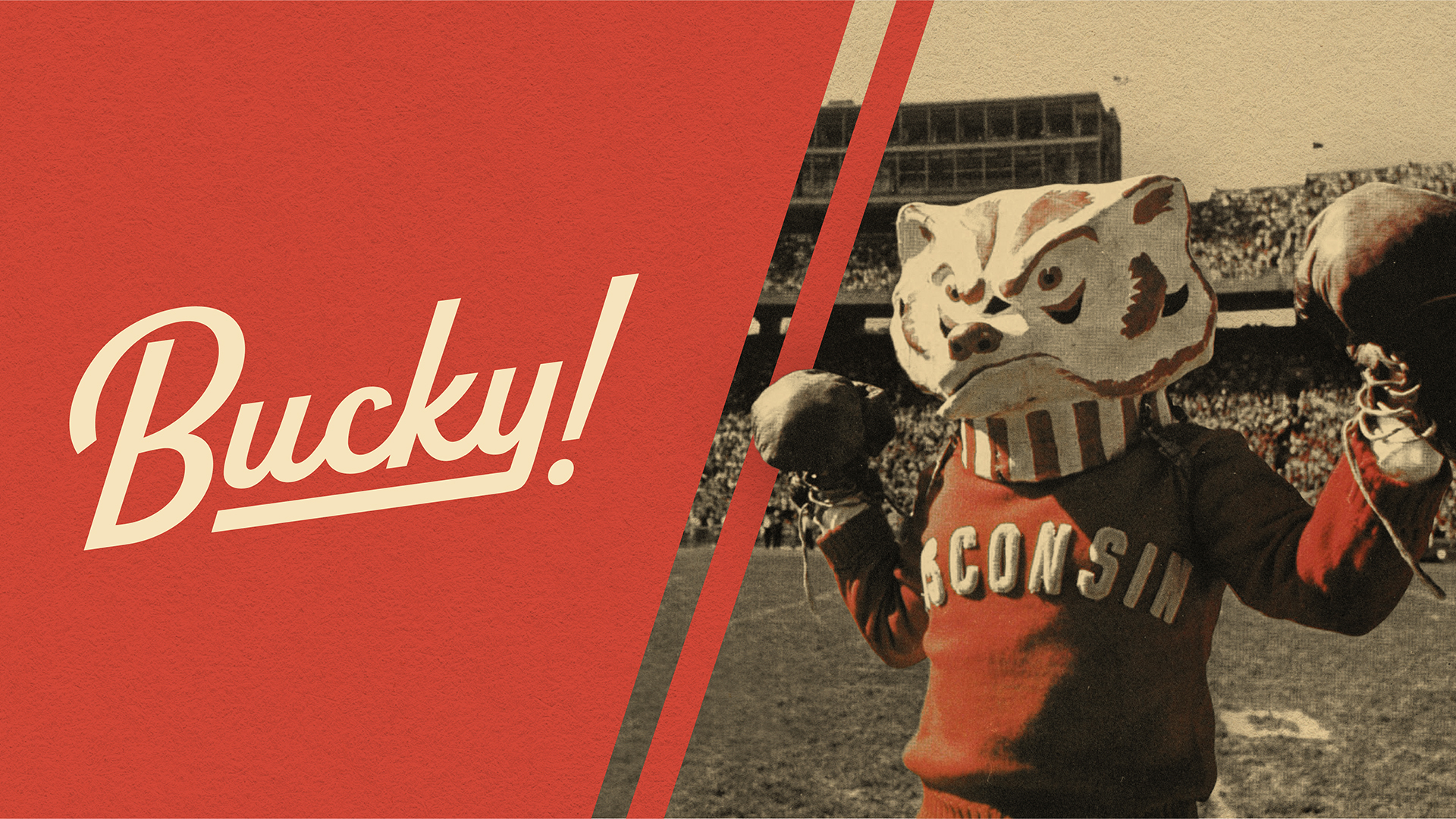
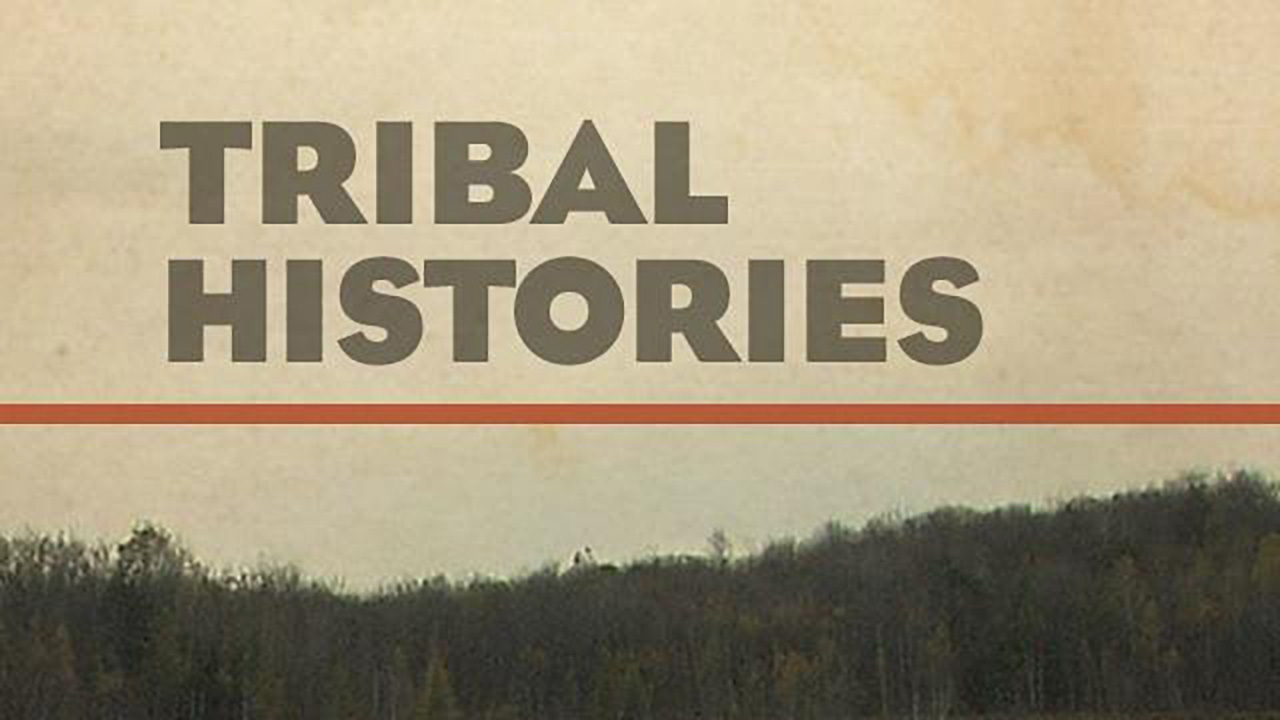
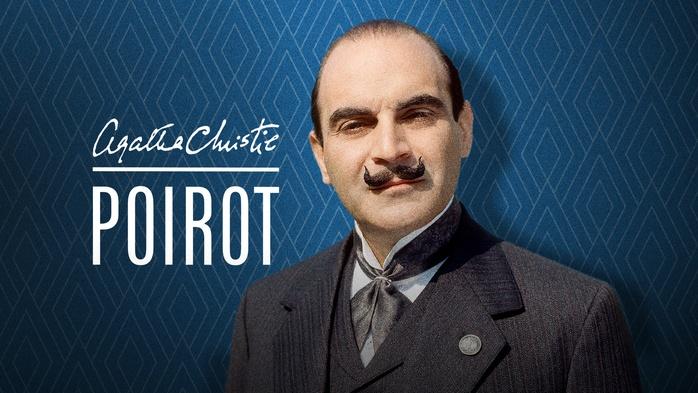

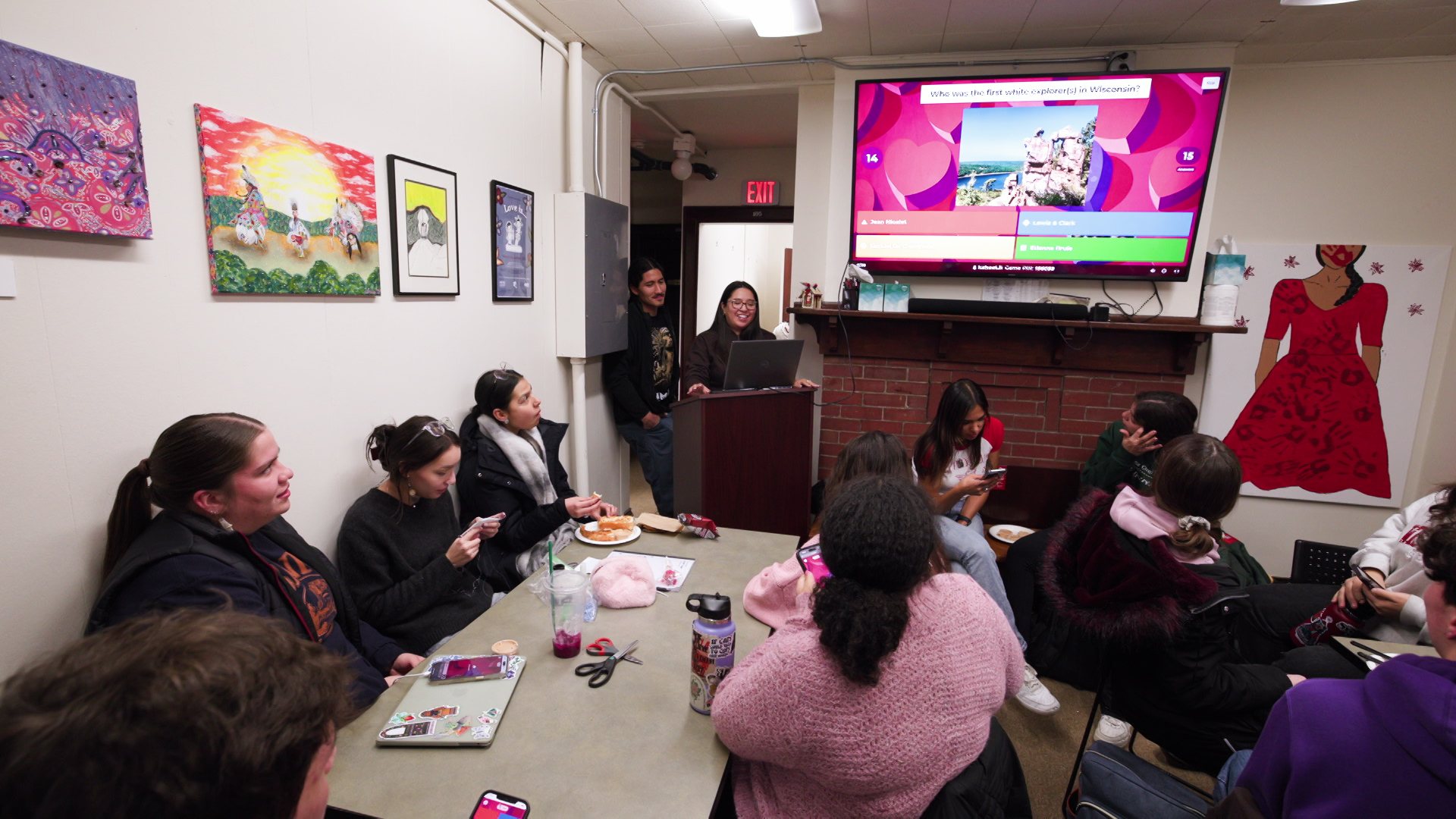
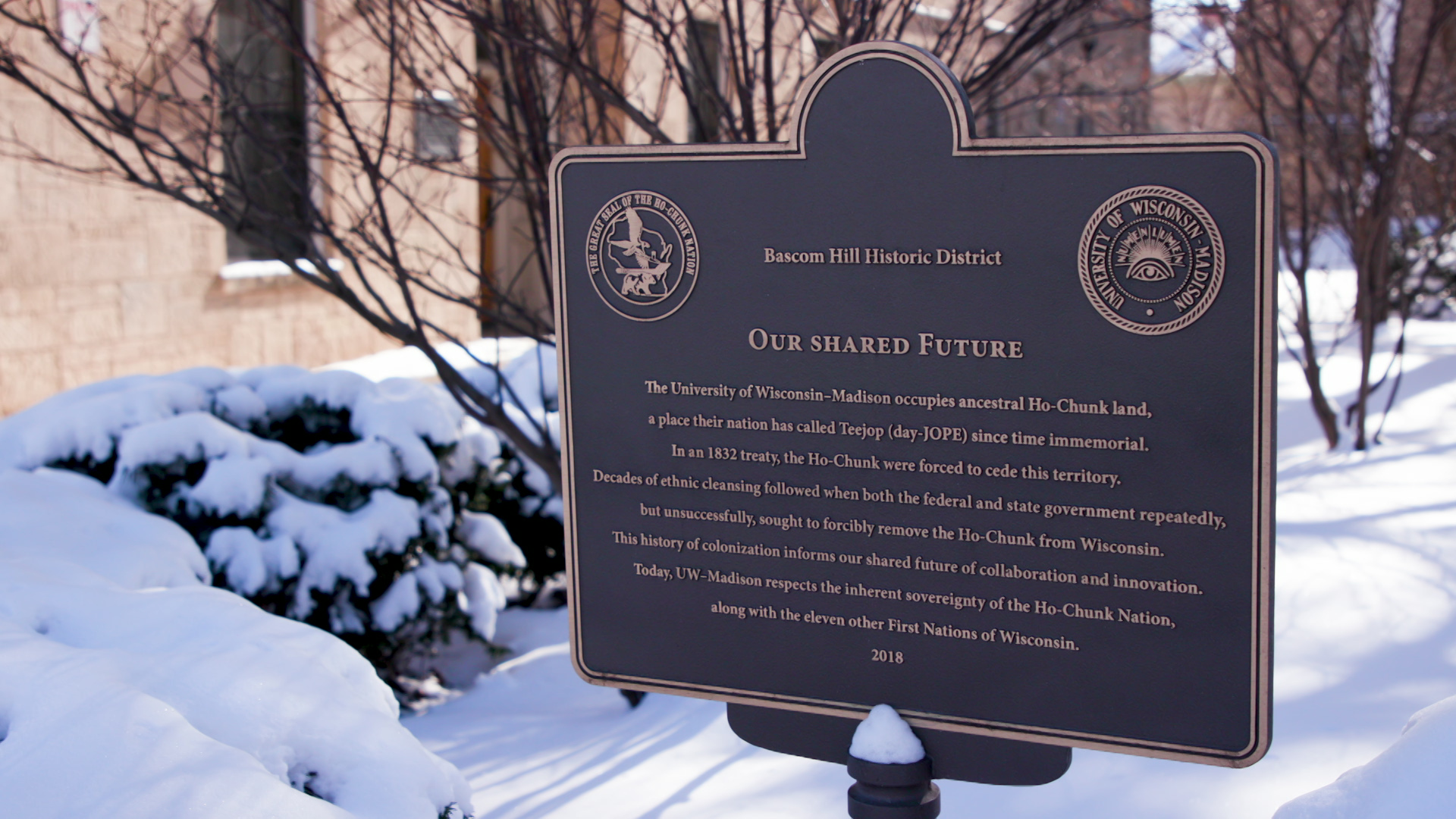
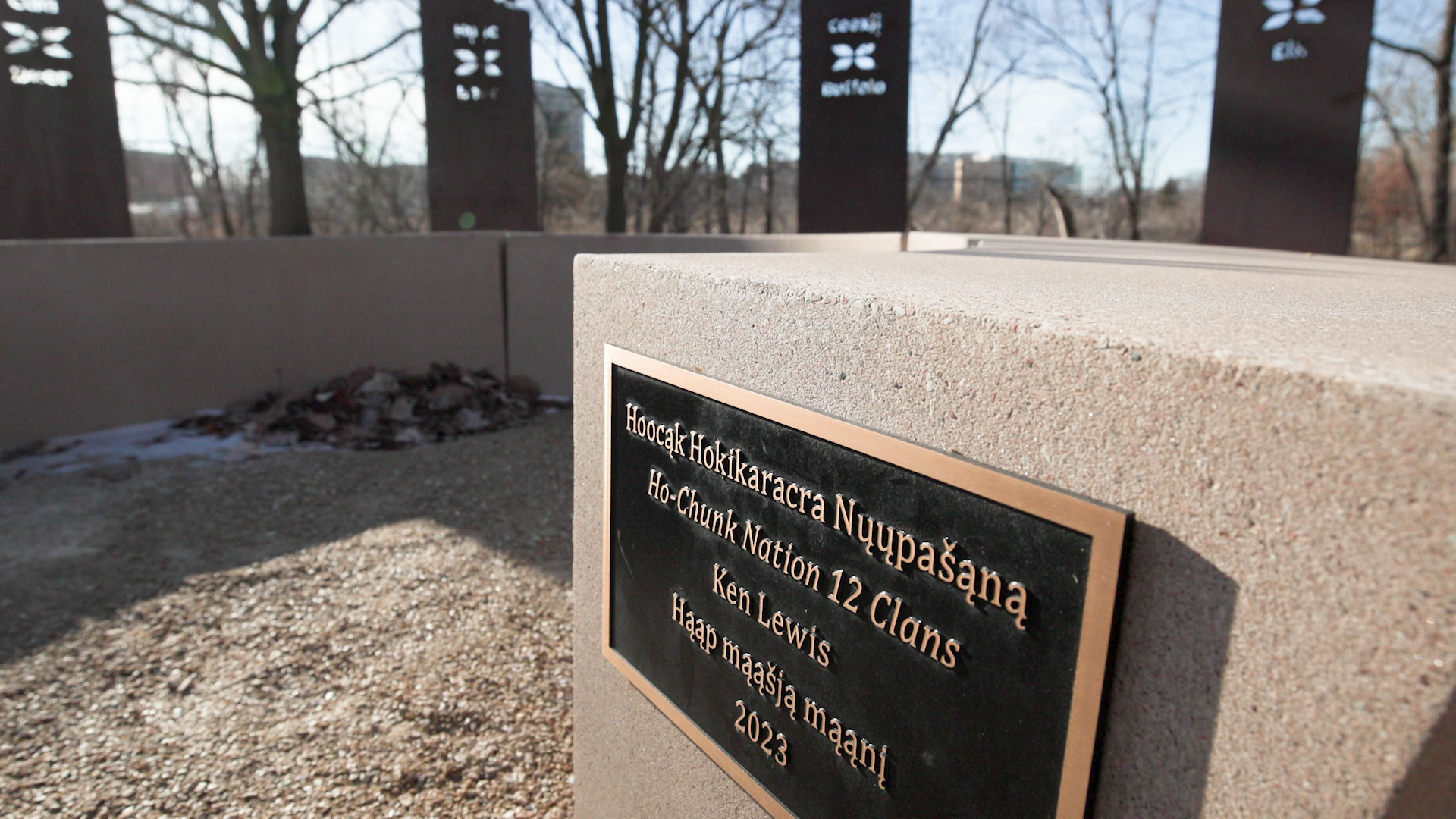
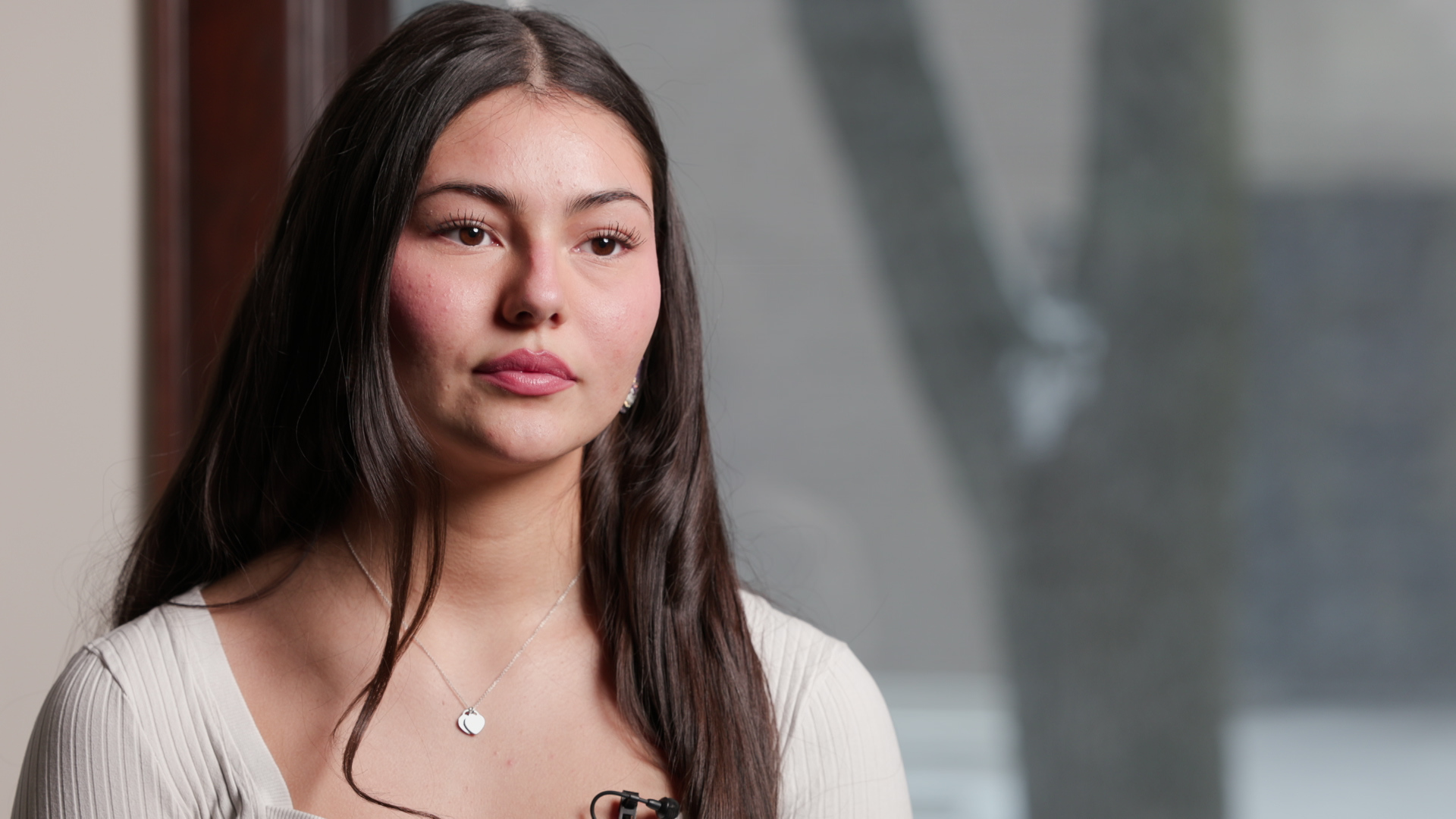
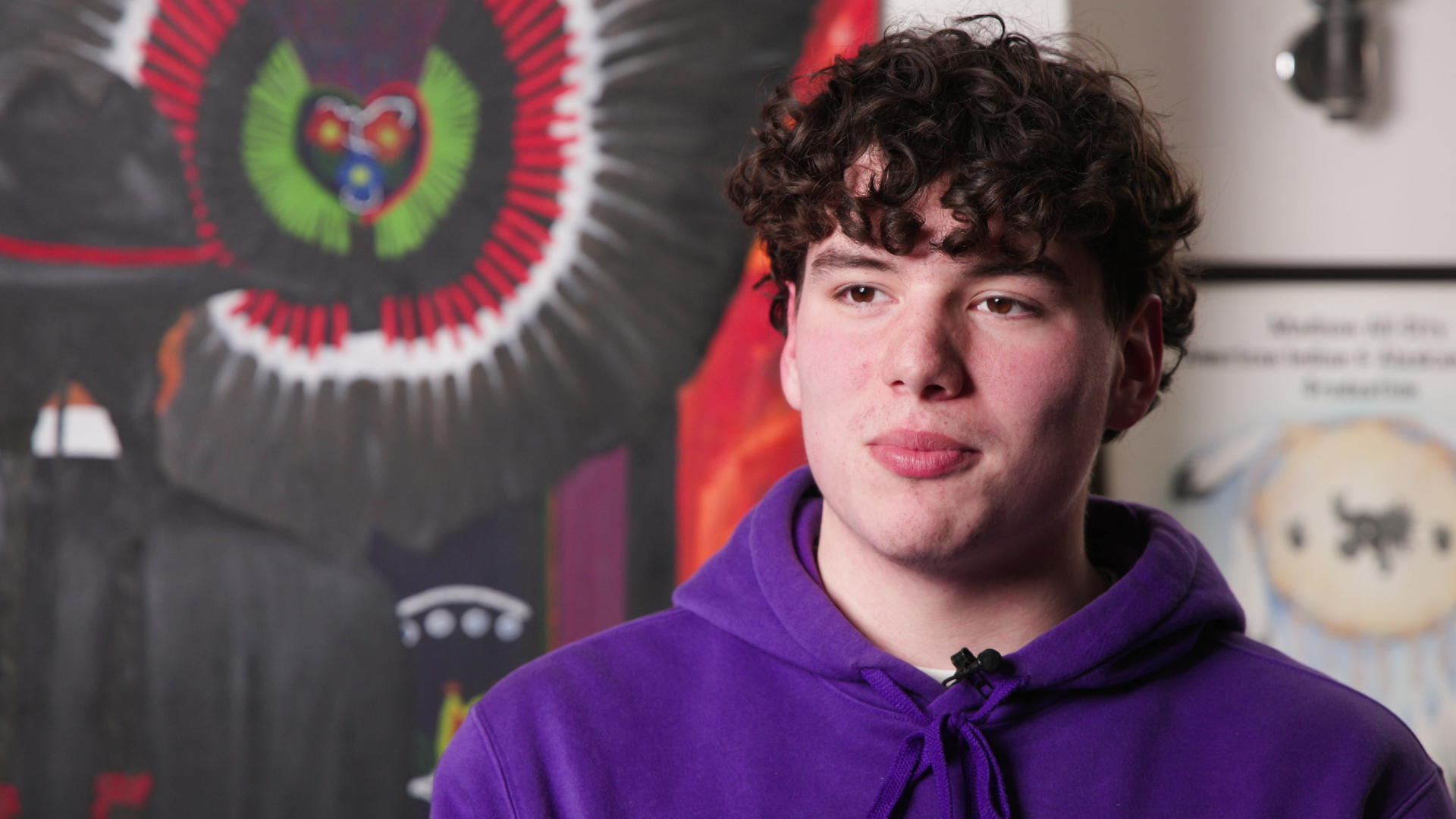
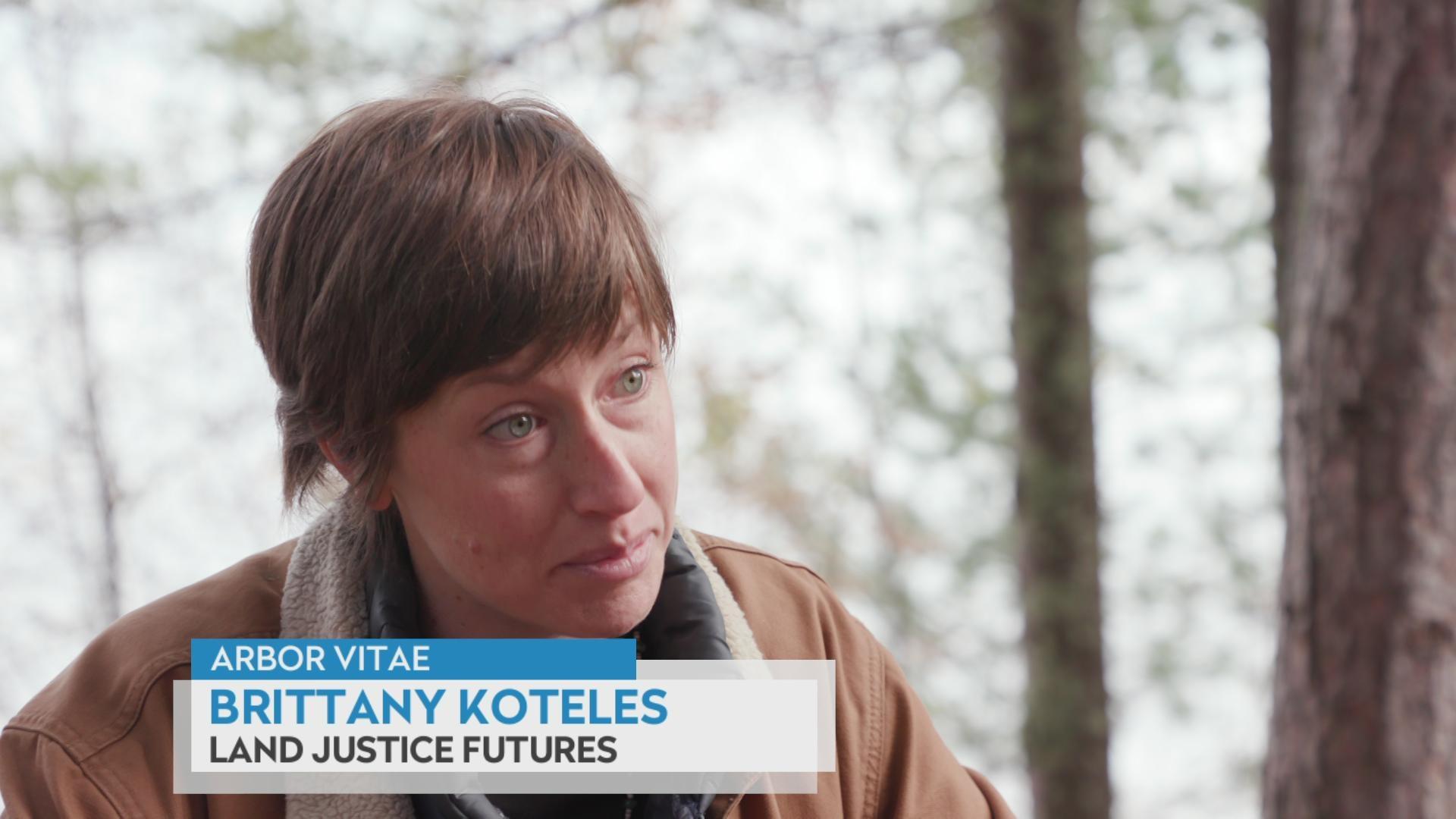

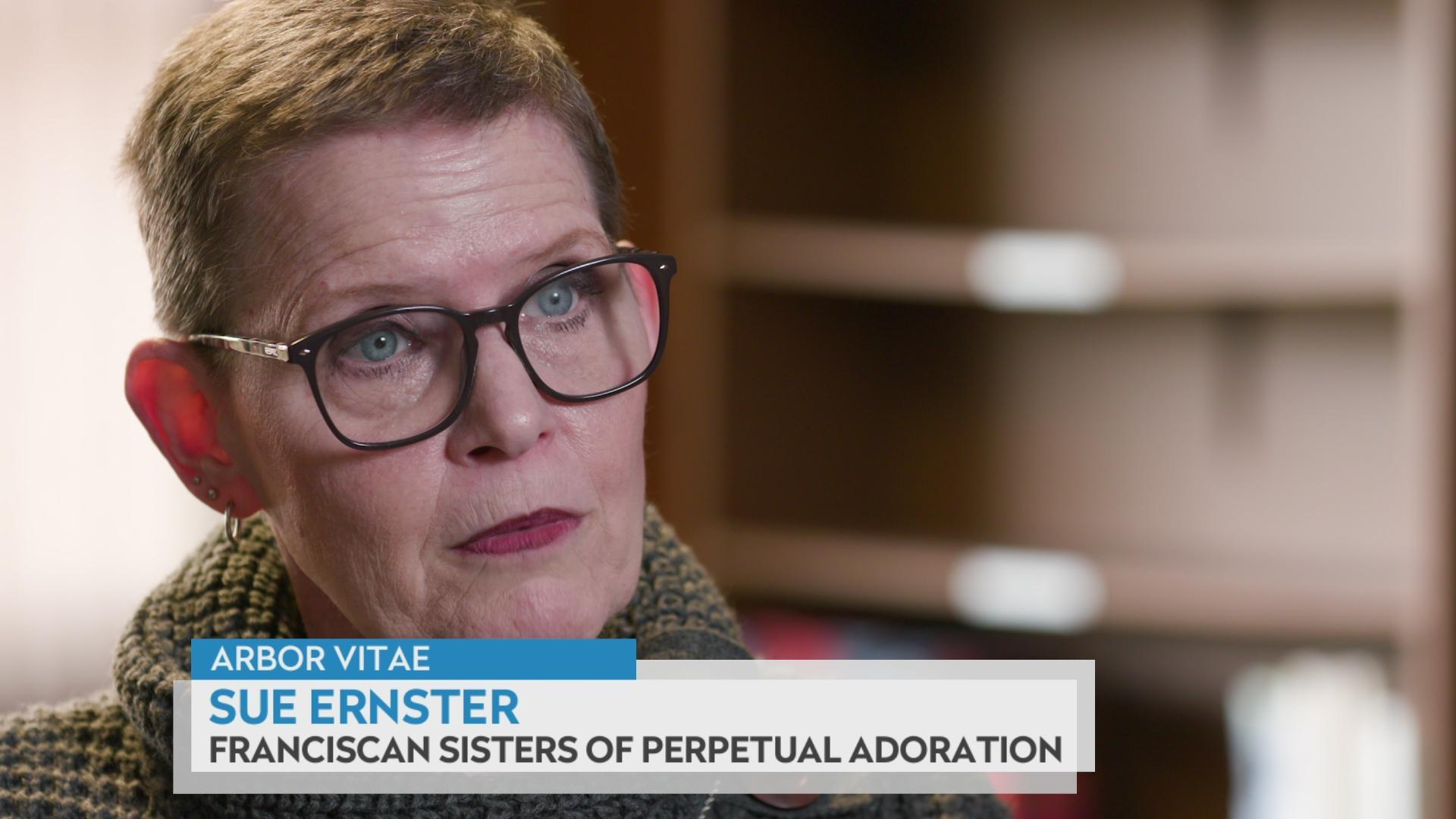
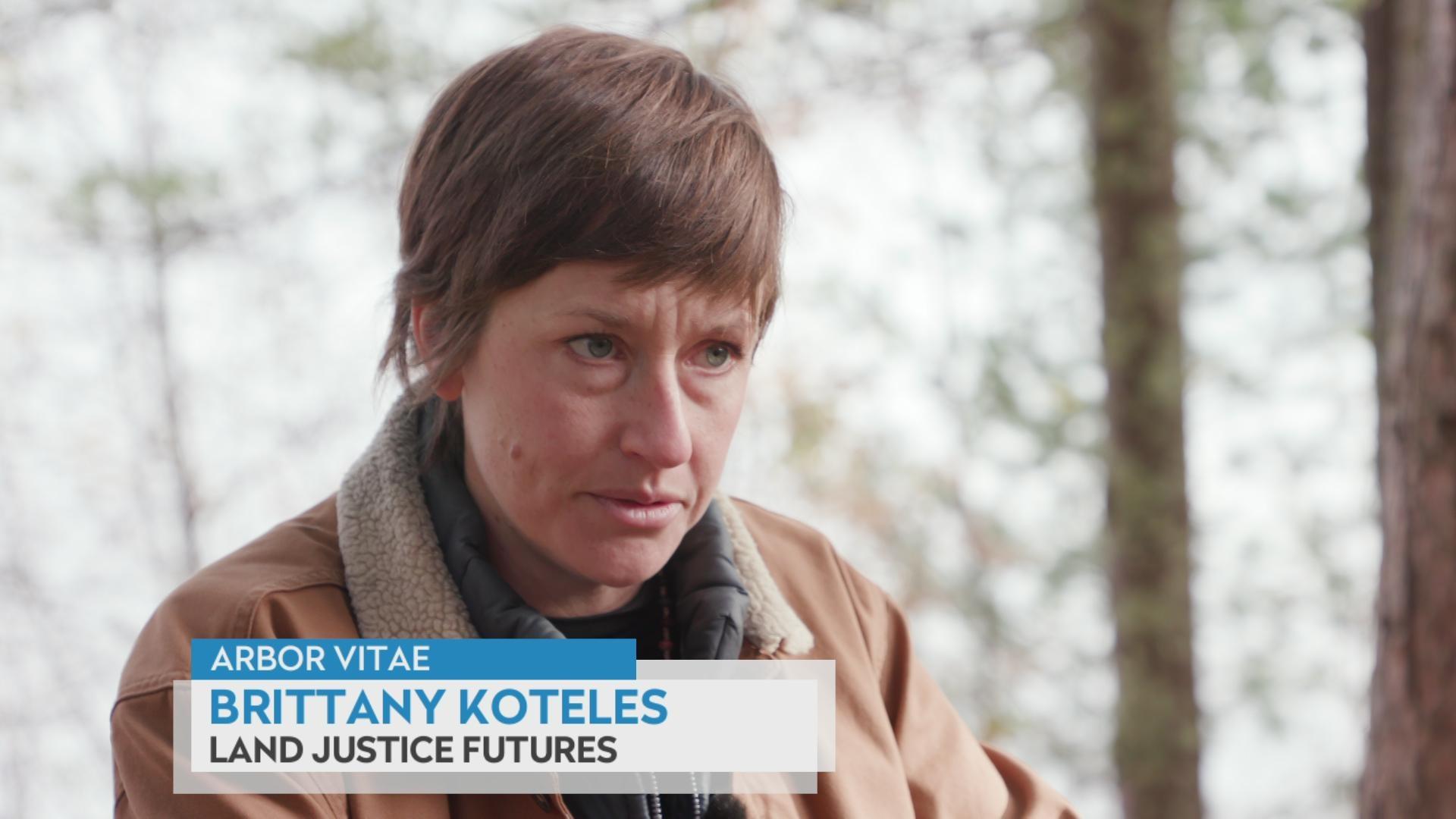
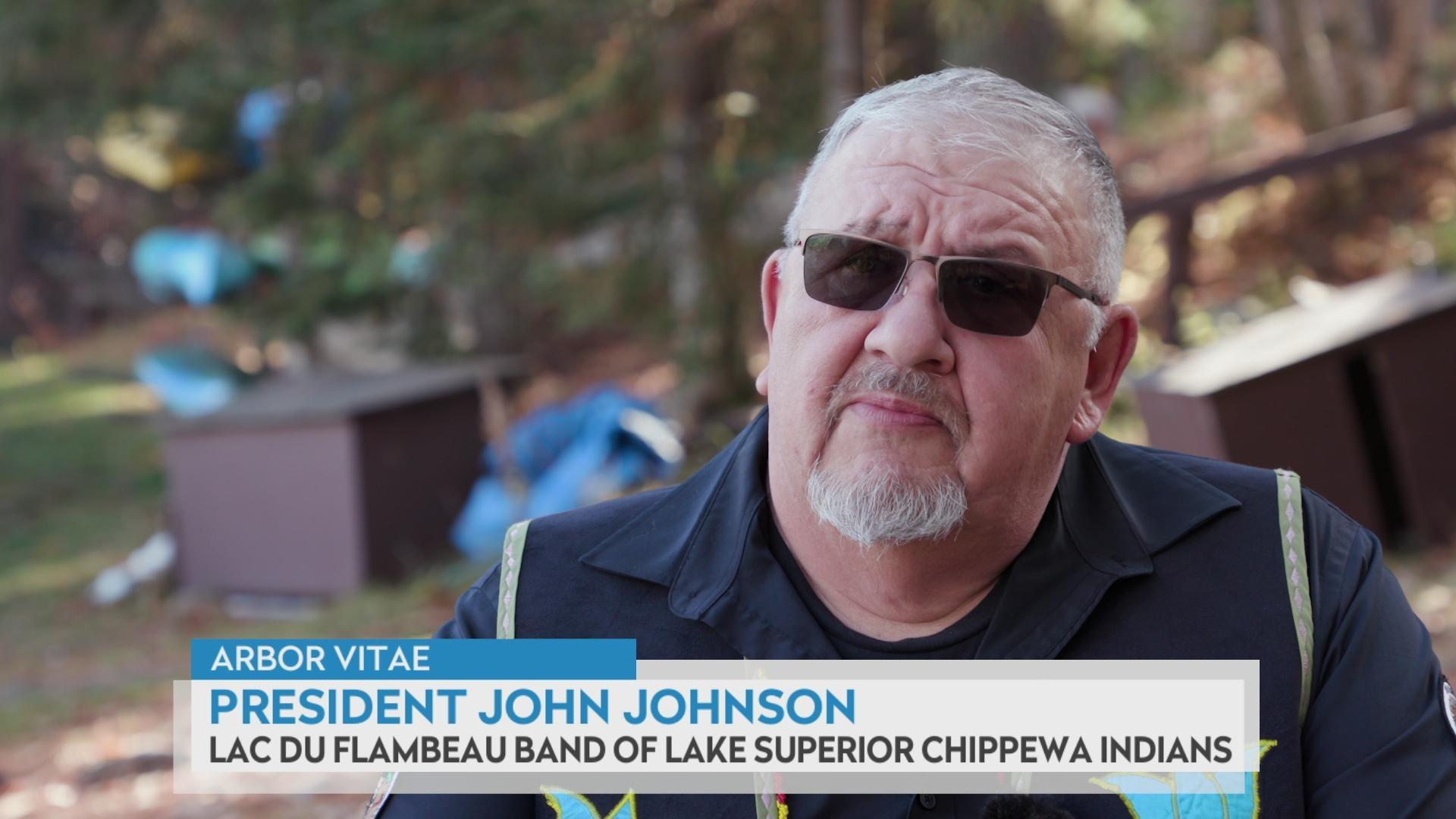
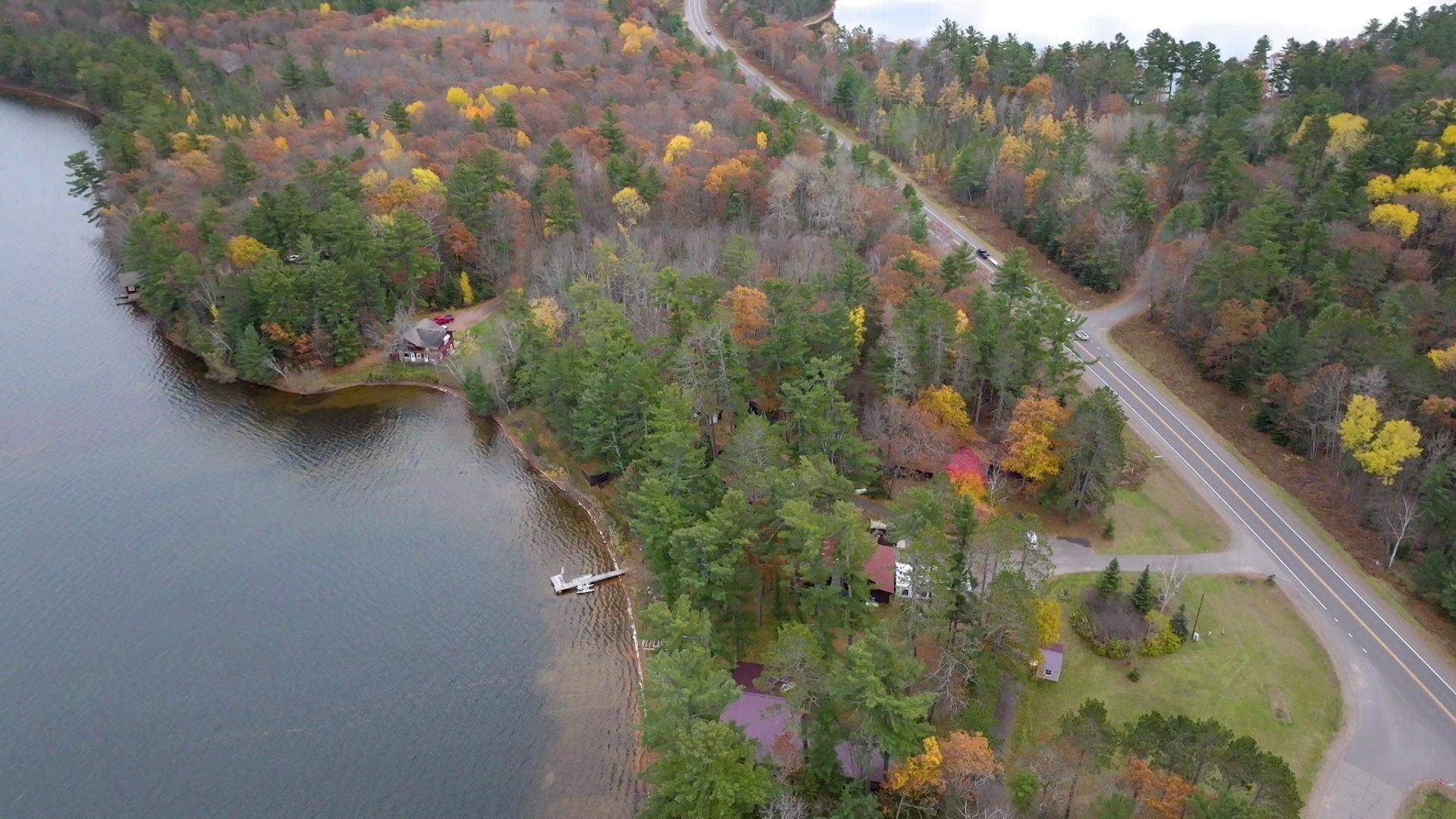

Follow Us